Description
The steam beer ... is a beer that was basically created out of necessity. At the time of the brewery foundation in 1889, the raw materials hops and malt were very scarce and expensive in the Bavarian Forest. The conditions in the Bavarian Forest were unfavorable for wheat cultivation. The brewery founder Wolfgang Pfeffer used instead of wheat malt pure barley malt of a slightly brownish color. Instead of the cheap hops from the area, he used the noble Hallertau hops, but saved a lot with it. After the hops are primarily responsible for the bitterness in the beer, the steam beer tastes accordingly mild. Beers can basically be divided into top- and bottom-fermented varieties. The steam beer is a top-fermented beer. The difference is due to the yeast that is used. Bottom-fermented yeast sinks down during the fermentation process and operates at temperatures between 5 ° C and 8 ° C. Top-fermented yeast rises to the surface during the fermentation process and works best at 18 - 20 ° C. Since there used to be little opportunity to cool the fermentation cellar, mainly top-fermented beers were brewed. At these warm temperatures, the fermentation in the open vats went very quickly and there was a violent evolution of carbonic acid (in the fermentation cellar, the sugar, which is due to the malt starch in the wort, converts into alcohol and carbonic acid develops), which on the ceiling (Foam over the liquid) caused large gas bubbles to form. These burst, giving the impression that beer is steaming. The name steam beer was born. With the advent of refrigeration then bottom-fermented beer became popular (eg Helles, Pils), so that the steam beer fell into oblivion. For the 100th anniversary of the brewery in 1989, it was brewed for the first time again, especially as in this time another top-fermented beer was just very popular, the wheat beer. Since 1989, the steam beer is now an integral part of our range and is still traditionally bottled in the swing top bottle, with each bottle being closed by hand.

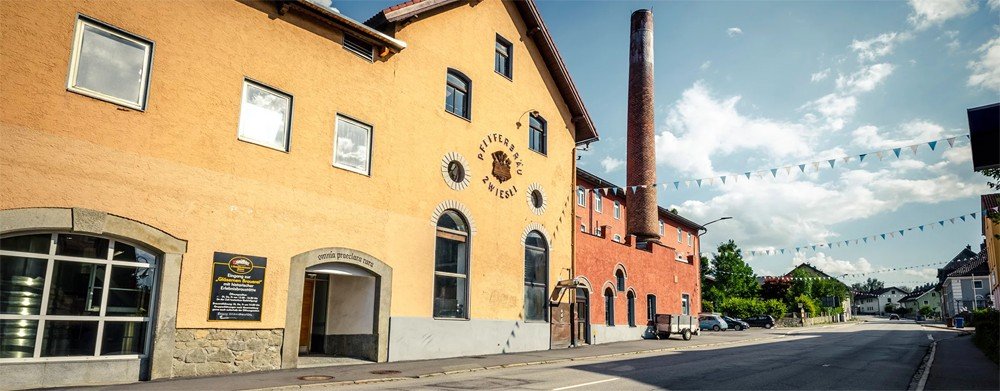
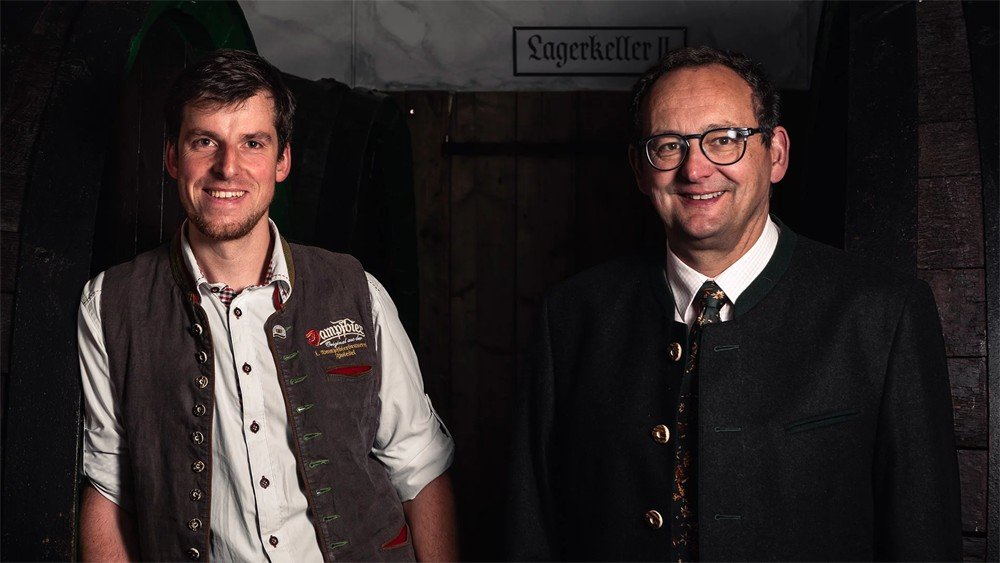

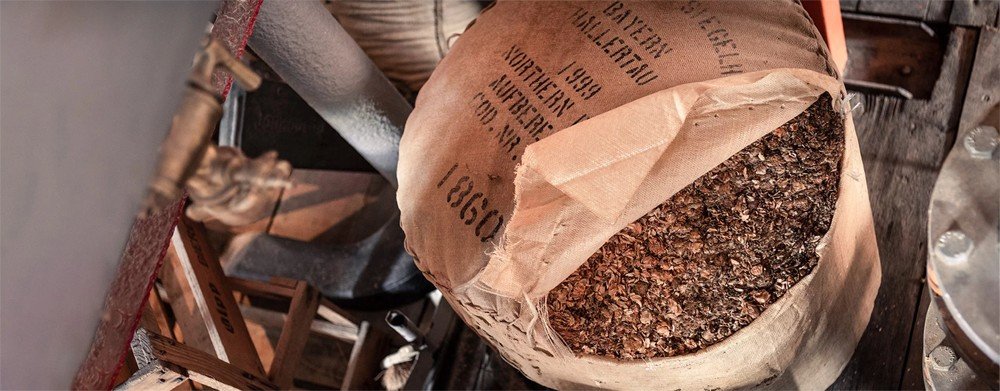

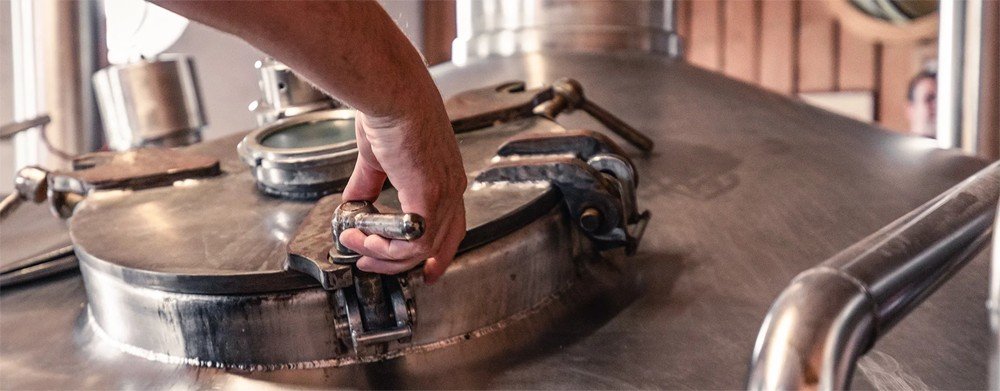

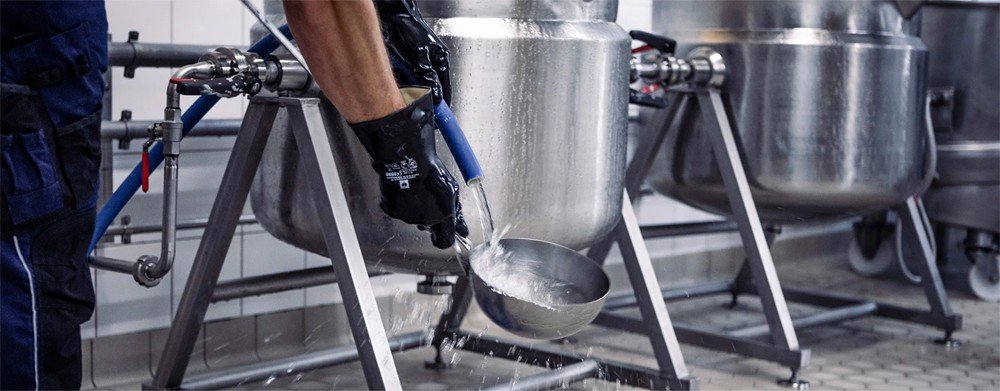
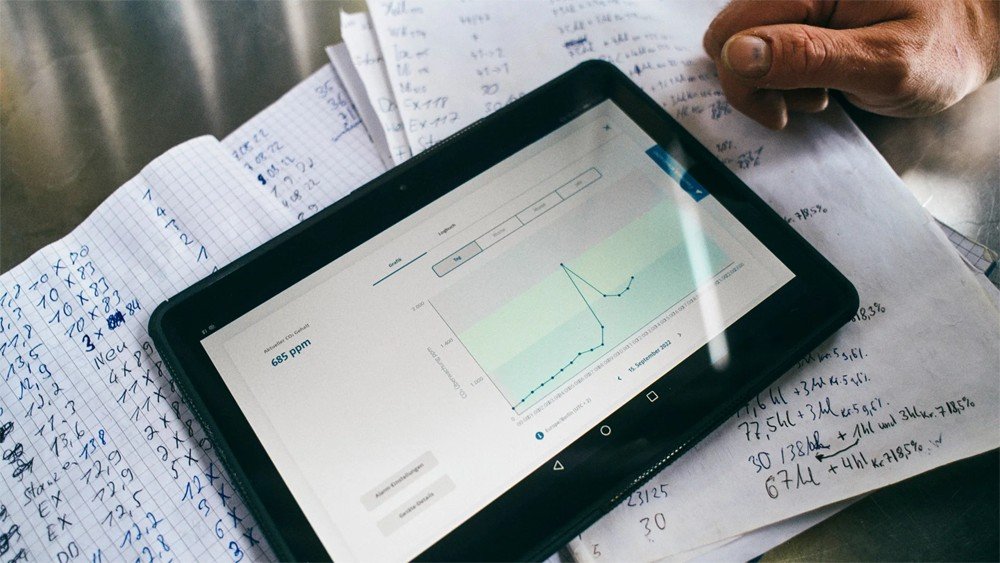
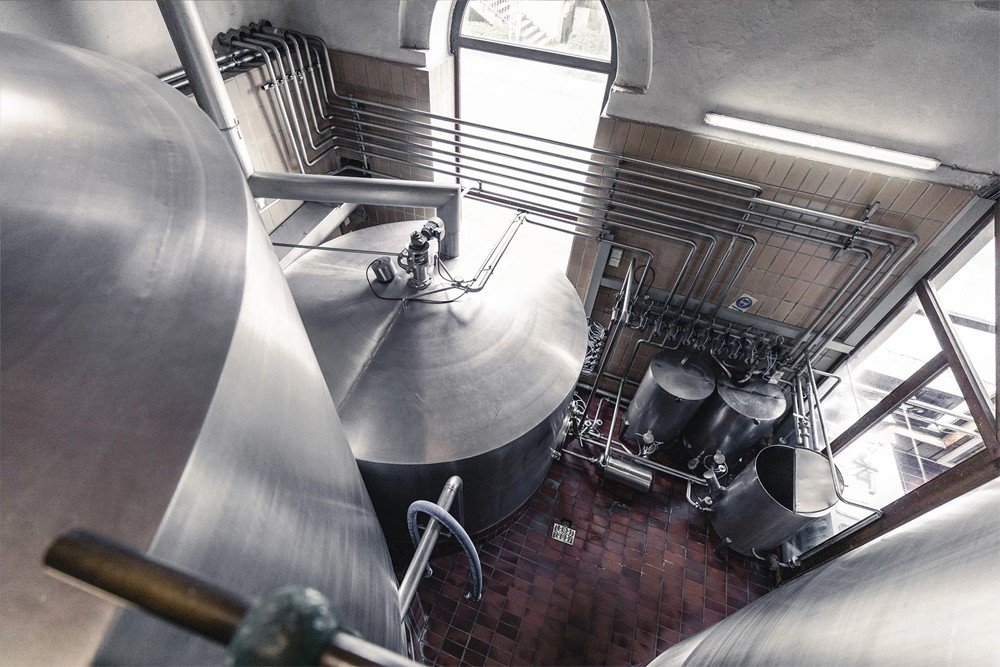
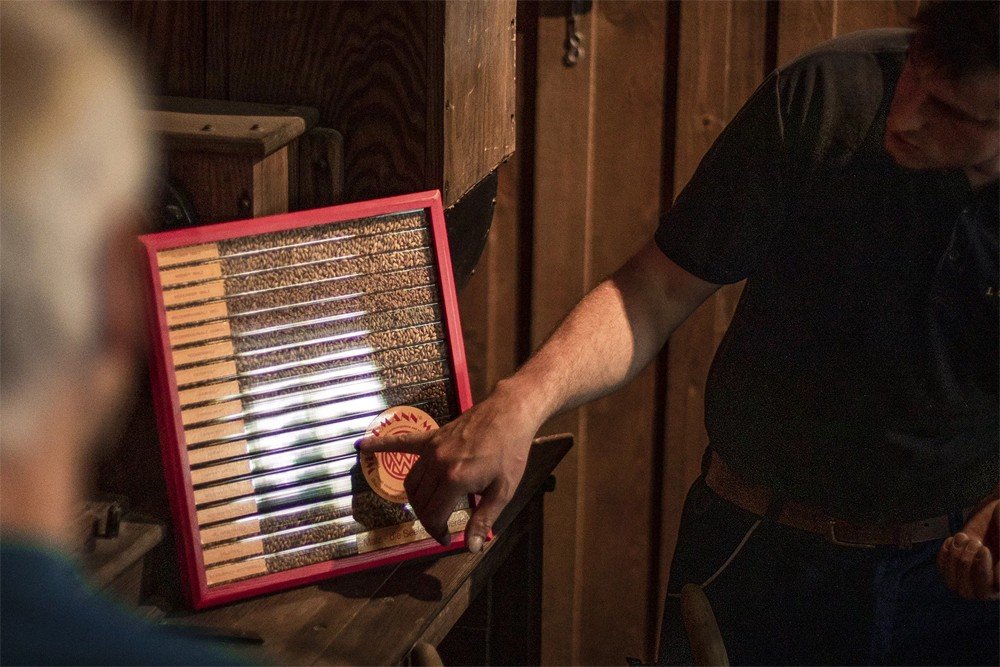








.png)







